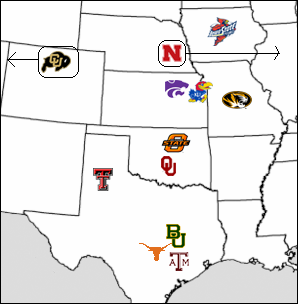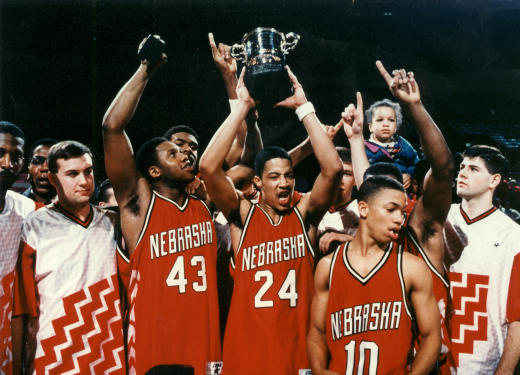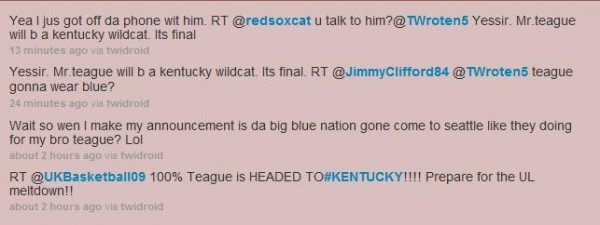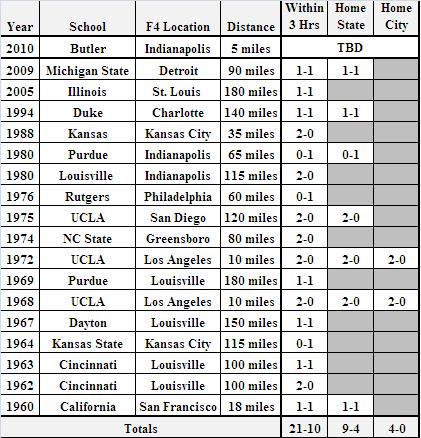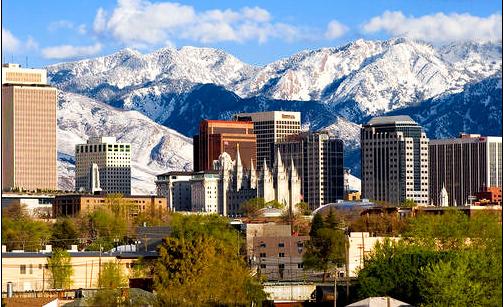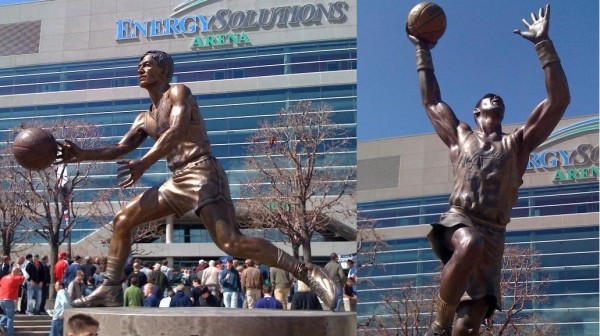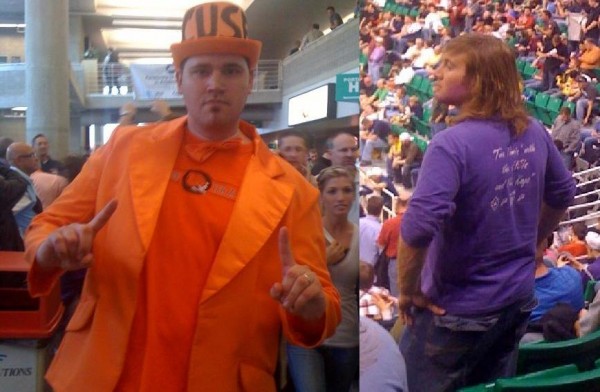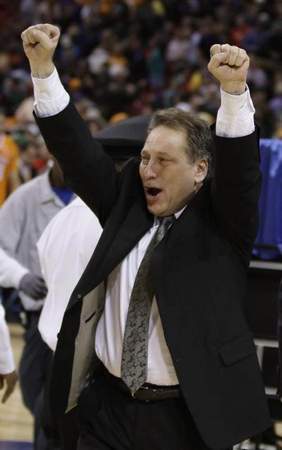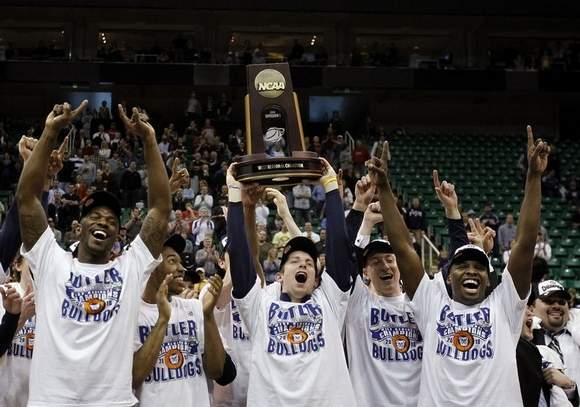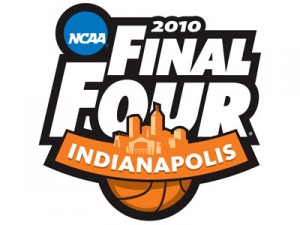Posted by rtmsf on April 16th, 2010
(special h/t to Luke Winn for inspiring this analysis with his article here)
You may have heard in recent days that Kentucky’s John Calipari has been filling up on the tasty nougat that has risen to the top of the Class of 2010 high school basketball recruiting lists. Five-star prospect Brandon Knight followed an impressive chorus line of 1-and-done Calipari point guards (D. Rose, T. Evans, J. Wall) by committing to the Wildcats on Wednesday, and Doron Lamb, another five-star combo guard ranked in the top 25, committed today. Turkish stud Enes Kanter committed last week, and there are rumors that others, including versatile top 15 forwards Terrance Jones and CJ Leslie, could be next. All this, and we haven’t even mentioned yet that Michael Gilchrist, the consensus top player in the Class of 2011, has already verballed to go to Kentucky after next season.
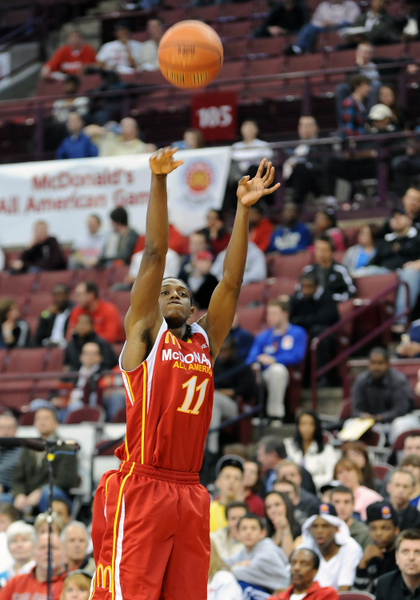
Knight is a Great Talent, But Will He Take UK to the Final Four?
The point here is as clear as Ben Roethlisberger’s analgesic salves — high school prospects with dreams of NBA riches a year from now view John Calipari as the pied piper of the NBA Draft. Follow him down the primrose path, and you will end up playing in the League one year later. John Wall, DeMarcus Cousins, Eric Bledsoe and Daniel Orton are the trailblazers here. With all four projected as first rounders in June, the hype of Calipari’s flute-playing squares nicely with reality. And Kentucky’s regal basketball program is the beneficiary.
Or is it?
We’re big believers that there are external benefits to programs who recruit and enroll 1-and-done players beyond wins, losses and NCAA Tournament success. In fact, every year we do exactly such an evaluation that includes criteria beyond that scope. For example, it is our view that the Texas program is still benefitting today from its one year of Kevin Durant on campus in 2007 even though UT only made the second round of the Tournament that season. The same goes with Michael Beasley at Kansas State in 2008. Call it the Jordan Effect. Even if the players who are later inspired to follow Durant and Beasley to those campuses aren’t as good as those two were, there is a significant residual ‘coolness’ effect in recruiting those younger players who can help sustain the quality of the program over time. To put it in terms of Kentucky, a 12-year old right now may spend the next few years idolizing John Wall in the NBA, and when it comes time for him to make his school choice in five years, the Wildcats and Calipari would have already have an inherent advantage over other schools.
With that said, we know what Kentucky fans hope to get from all of these 1-and-done types, and it’s not just a bunch of springtime recruiting victories. Eventually it needs to translate to wins, most specifically those in March and April as Winn alludes to in his article. The question then that we analyze here is whether a focus on recruiting 1-and-doners will get a team to that goal. The available evidence we have, using admittedly a very small sample size, says that it will not.
Take a look at the table below, which lists all sixteen Final Four teams from the 1-and-done era (2007-10).
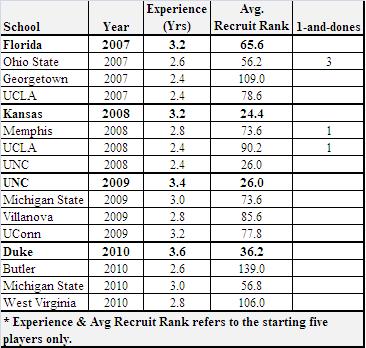
Read the rest of this entry »
| rtc analysis
| Tagged: 1-and-dones, al horford, brandon knight, brandon rush, cj leslie, connecticut, daequan cook, daniel orton, demarcus cousins, derrick rose, doron lamb, duke, enes kanter, eric bledsoe, eric gordon, florida, greg oden, john calipari, john wall, josh boone, kansas, kansas st, kentucky, kevin durant, kevin love, marvin williams, memphis, michael beasley, michael gilchrist, mike conley, nba draft, ohio st, oj mayo, recruiting, terrance jones, texas, ty lawson, tyreke evans, ucla, unc
Share this story































